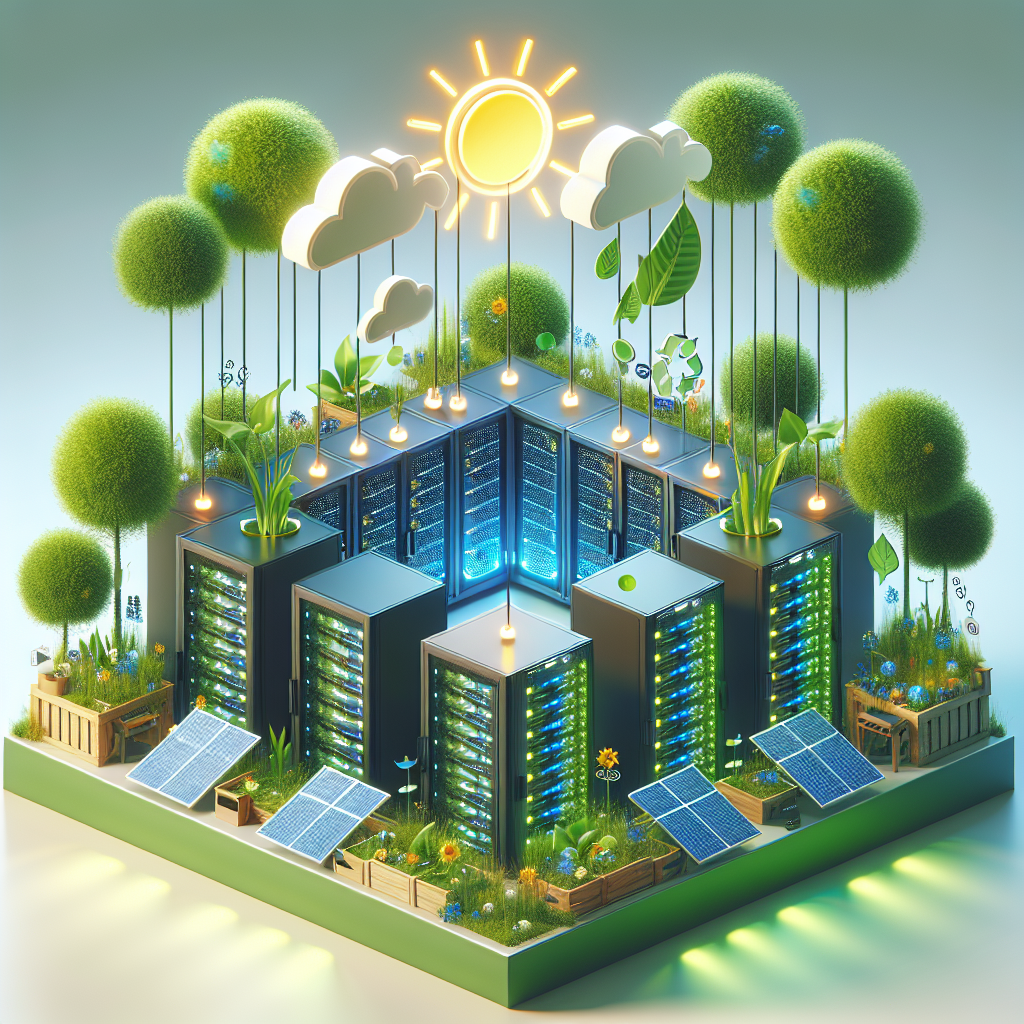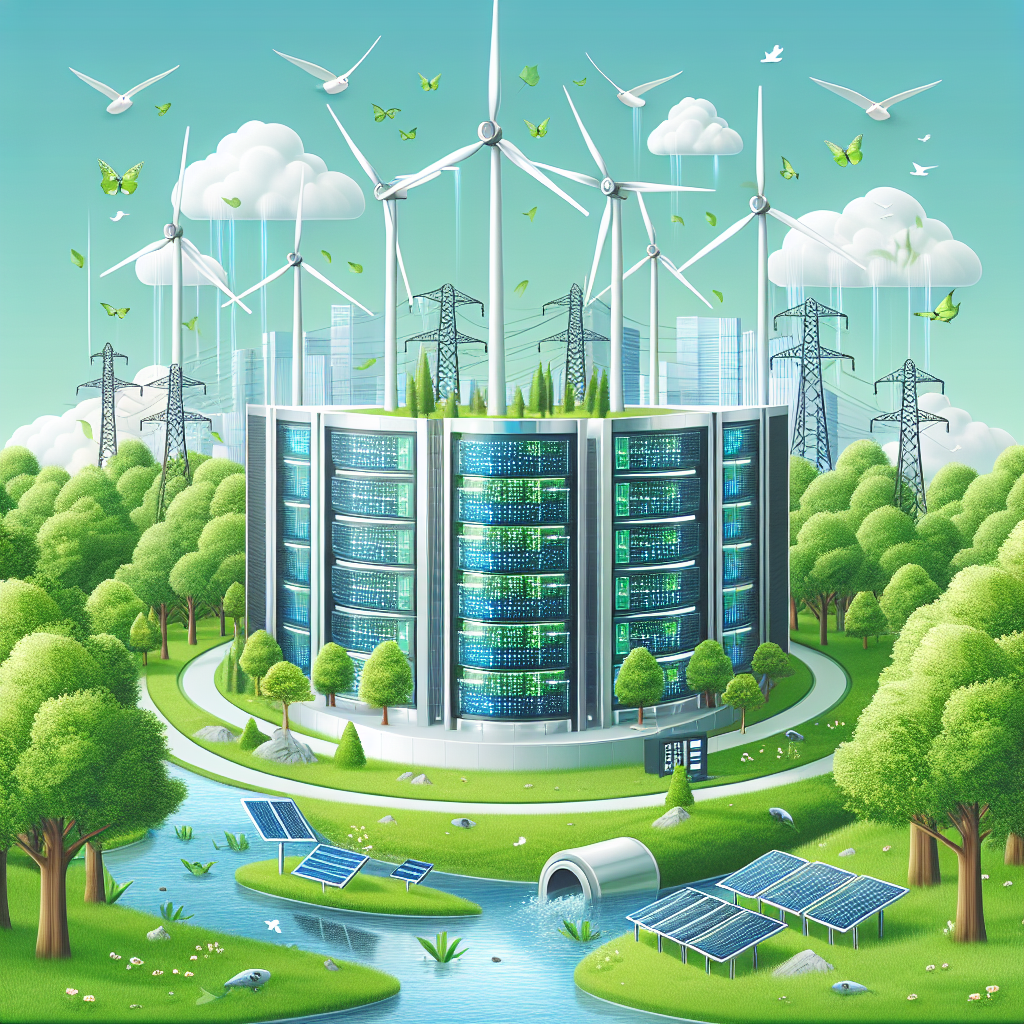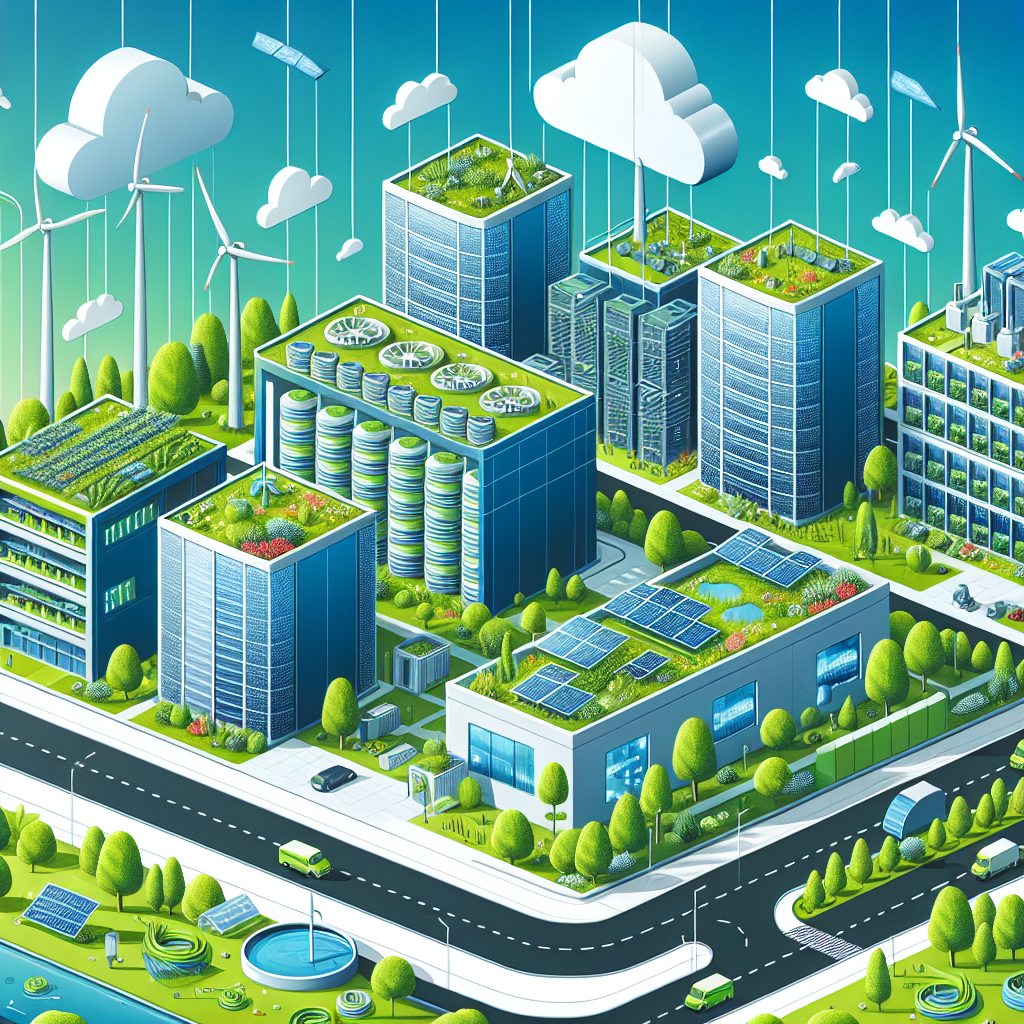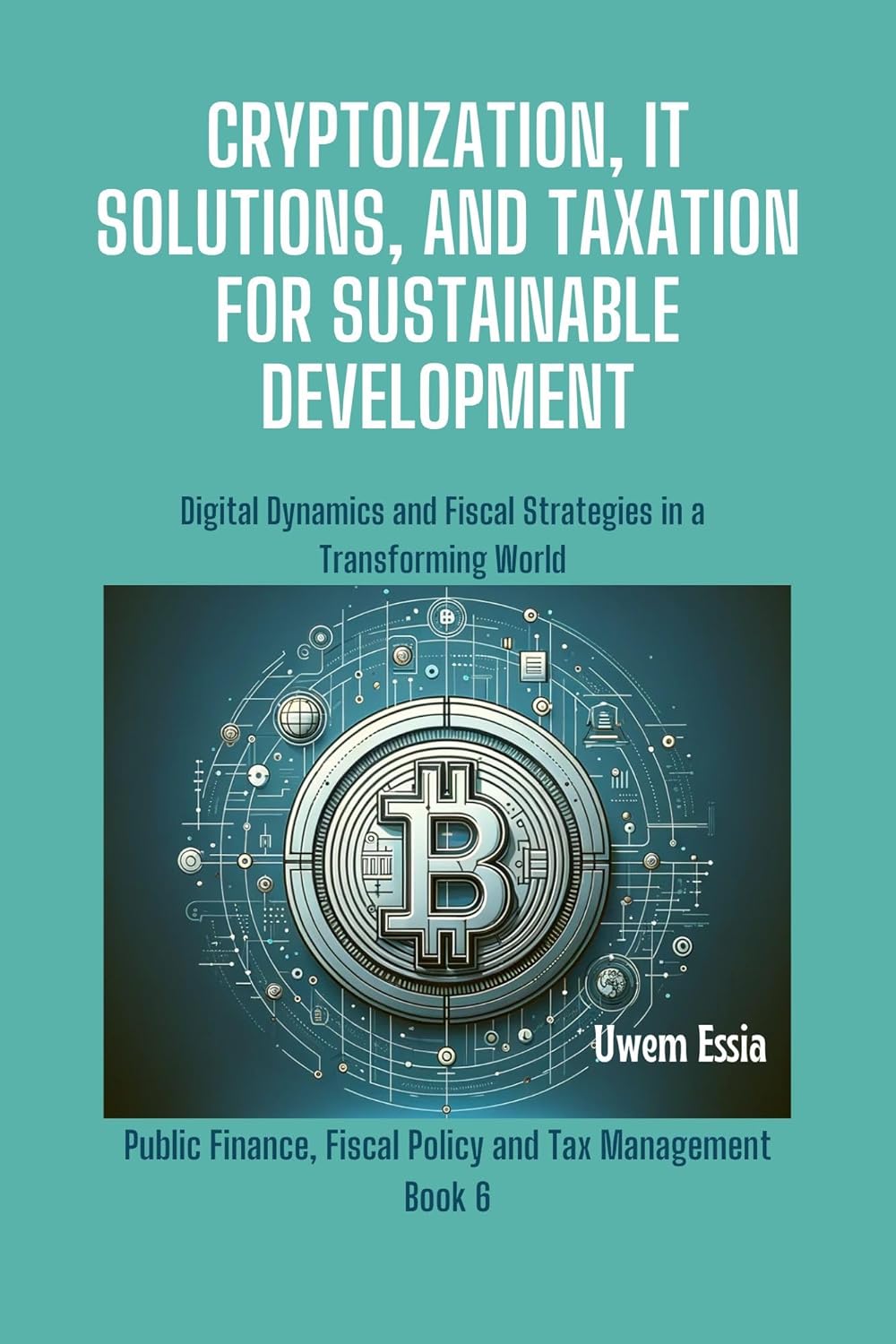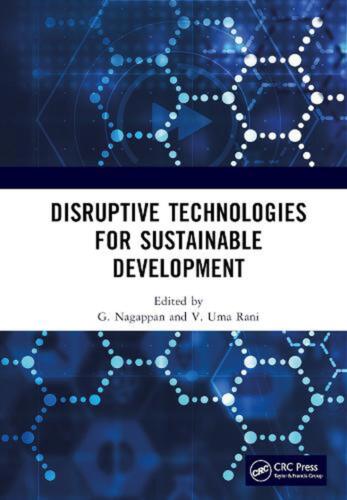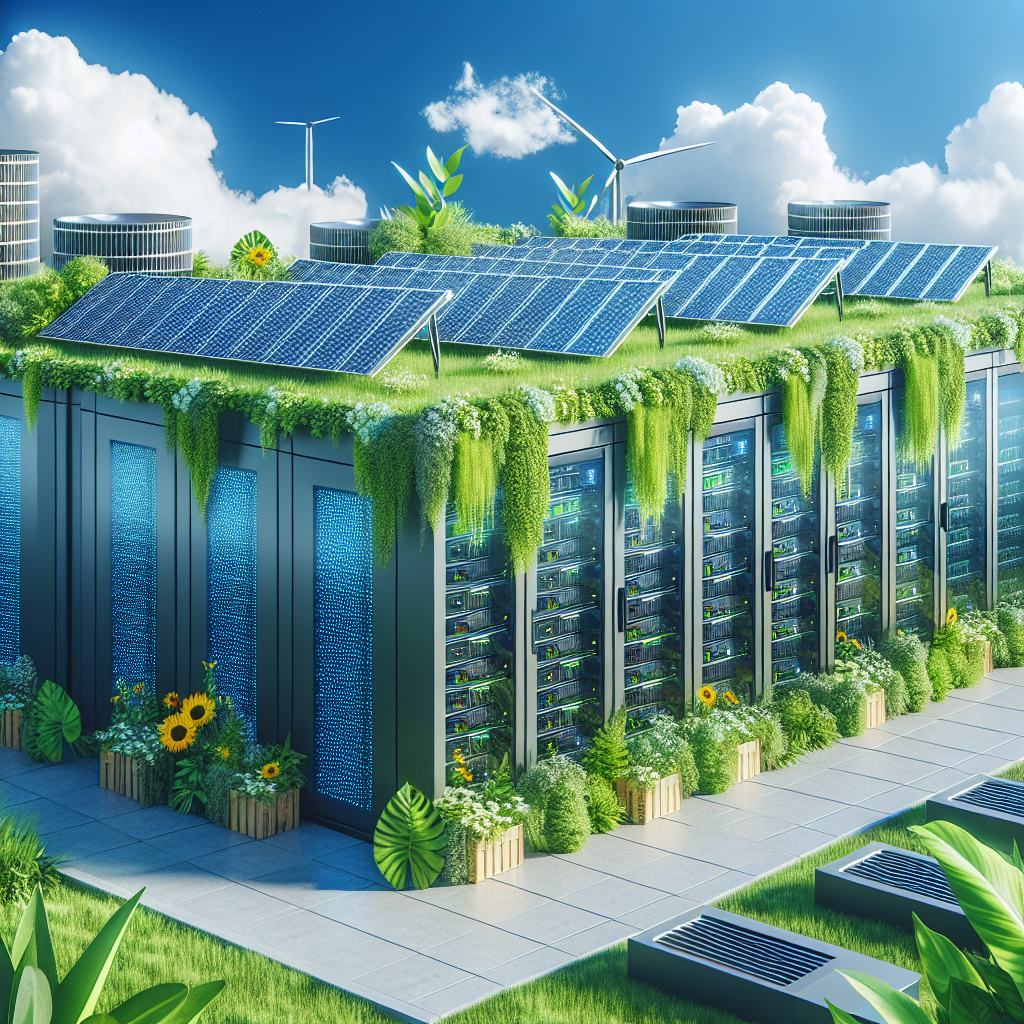In today’s digital age, data centers are the backbone of countless industries, serving as the nerve center for storing, processing, and transmitting vast amounts of information. However, the rapid growth of data centers has raised concerns about their environmental impact, particularly in terms of energy consumption and carbon emissions. As a result, many organizations are now focusing on sustainable data center operations to balance efficiency with environmental responsibility.
One of the key challenges in achieving sustainable data center operations is minimizing energy consumption. Data centers typically require large amounts of power to operate and cool the servers, leading to high electricity bills and carbon footprints. To address this issue, organizations are implementing energy-efficient technologies such as virtualization, which allows multiple virtual servers to run on a single physical server, reducing the overall energy consumption. Additionally, data centers are increasingly turning to renewable energy sources such as solar and wind power to power their operations, further reducing their environmental impact.
Another important aspect of sustainable data center operations is optimizing cooling systems. Data centers generate a significant amount of heat, which must be dissipated to prevent overheating and equipment failure. Traditional cooling systems such as air conditioning consume a substantial amount of energy and can be costly to operate. To mitigate this, organizations are adopting innovative cooling techniques such as liquid cooling and free cooling, which use water or outside air to cool the servers more efficiently and reduce energy consumption.
In addition to energy efficiency, organizations are also focusing on reducing water usage and waste generation in their data center operations. Water is often used in cooling systems and other processes in data centers, so implementing water-saving technologies and practices can help minimize the environmental impact. Furthermore, organizations are implementing recycling and waste management programs to reduce the amount of e-waste generated by outdated or decommissioned equipment.
Overall, sustainable data center operations require a holistic approach that balances efficiency with environmental responsibility. By implementing energy-efficient technologies, optimizing cooling systems, reducing water usage, and managing waste effectively, organizations can minimize their environmental impact and contribute to a more sustainable future. As data centers continue to play a critical role in powering the digital economy, it is essential for organizations to prioritize sustainability and strive for a greener, more efficient operating model.
